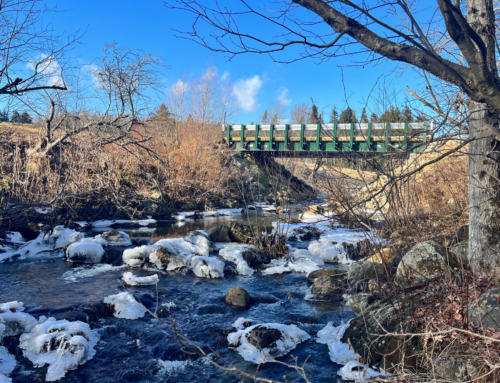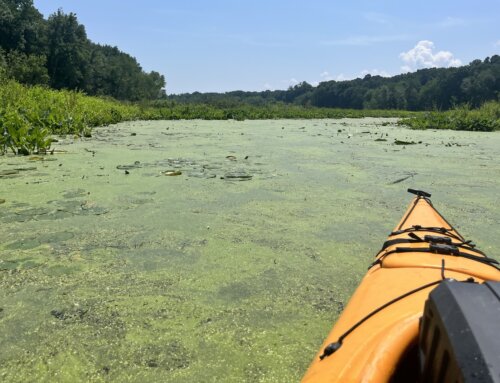FOR IMMEDIATE RELEASE
CONTACT:
Andrea Donlon, CRC MA River Steward,
adonlon@ctriver.org, 413-772-2020 ext.205
Alicea Charamut, CRC Lower River Steward
acharamut@ctriver.org, 860-704-0057
Greenfield, MA –In time for the summer recreation season, the Connecticut River Watershed Council (CRC) and sixteen partners have launched the 2016 Connecticut River water sampling program. Water samples are tested for E. coli bacteria as an indicator for all types of other pathogens that could potentially make you sick. River users can visit the “Is It Clean” web page located at www.ConnecticutRiver.us to find bacteria test results at more than 147 river access and recreation sites in Vermont, New Hampshire, Massachusetts, and northern Connecticut. Samples are typically collected at each site weekly or bi-weekly and test results are posted online 24 hours later, through early October.
“When weather gets warm, people head to our rivers to cool off and have fun, and they want to know if our rivers are clean. The data tells us that it is a good idea to stay out of the water for 24-48 hours after a heavy rain because bacteria levels could be high,” says CRC Lower River Steward Alicea Charamut. “Heavy rain is often the cause of high bacteria levels. Bacteria can spike after a storm due to combined sewer overflows (CSOs) and polluted stormwater runoff from urban, suburban, and agricultural areas,” notes Charamut.
“Cities and towns along the river are making significant investments to reduce pollution to our rivers and this has made a tremendous difference. We want people to be able to explore and enjoy this wonderful resource,” says CRC MA River Steward Andrea Donlon. “Our rivers are certainly much cleaner than they used to be, but it makes sense for river users to pay attention to this information so they know when it’s clean for swimming or boating.”
Water sample results are color-coded and map-based to offer guidance about whether the water is clean enough for swimming and boating. Results are a snapshot of river conditions at the moment the sample was taken, but give river users information they can use to make informed decisions and prevent potential illness. The website provides bacteria data for the Connecticut River and more than 20 tributaries, including the Chicopee River, Mill River (Northampton), Mill River/Lake Warner (Hadley), the Farmington River in CT, the Ottauquechee and Black Rivers in VT, and many more.
The water sampling project is now in its ninth year. Partner organizations include Connecticut River Watershed Council, Pioneer Valley Planning Commission, Southeastern Vermont Watershed Alliance, Friends of Lake Warner, Putney Rowing Club, Black River Action Team, White River Partnership, Ottauquechee River Group, Ashuelot River Local Advisory Committee, Greater Northfield Watershed Association, Greenfield Health Department, Farmington River Watershed Association, Connecticut River Chapter of Trout Unlimited, Scantic River Watershed Association/University of Saint Joseph, Goodwin College, the CT River Academy, and USGS. All of these organizations rely on trained volunteers to help with sampling. Every year, these organizations must apply for grants and request donations to keep their testing programs going. If you find this information useful, support your local watershed organization by becoming a member!
About the Connecticut River Watershed Council
The Connecticut River Watershed Council works to protect the watershed from source to sea. As stewards of this heritage, we celebrate our four-state treasure and collaborate, educate, organize, restore and intervene to preserve its health for generations to come. Our work informs our vision of economic and ecological abundance. To learn more about CRC, or to make a contribution to help protect the Connecticut River, visit ctriver.org.
# # #







